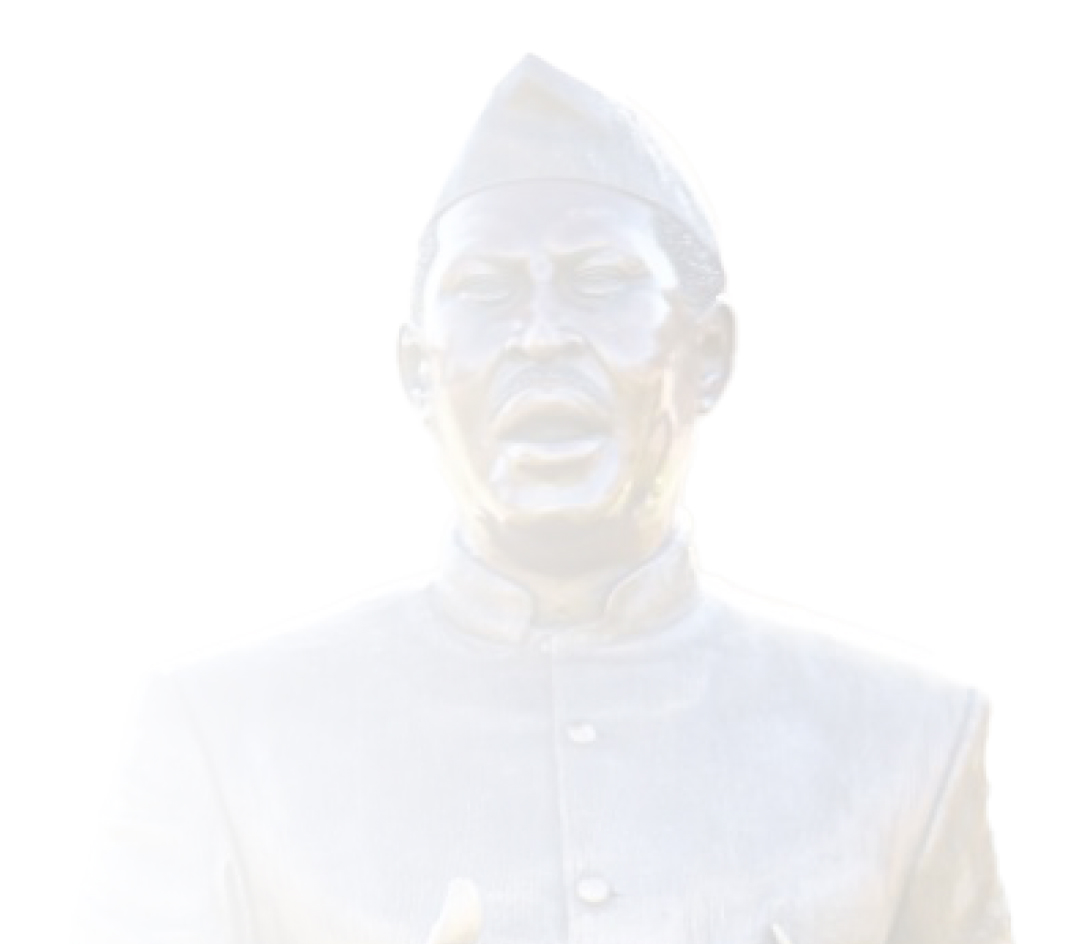
"I learned that courage was not the absence of fear, but the triumph over it. The brave man is not he who does not feel afraid, but he who conquers that fear."
Nelson Mandela (1918 – 2013)
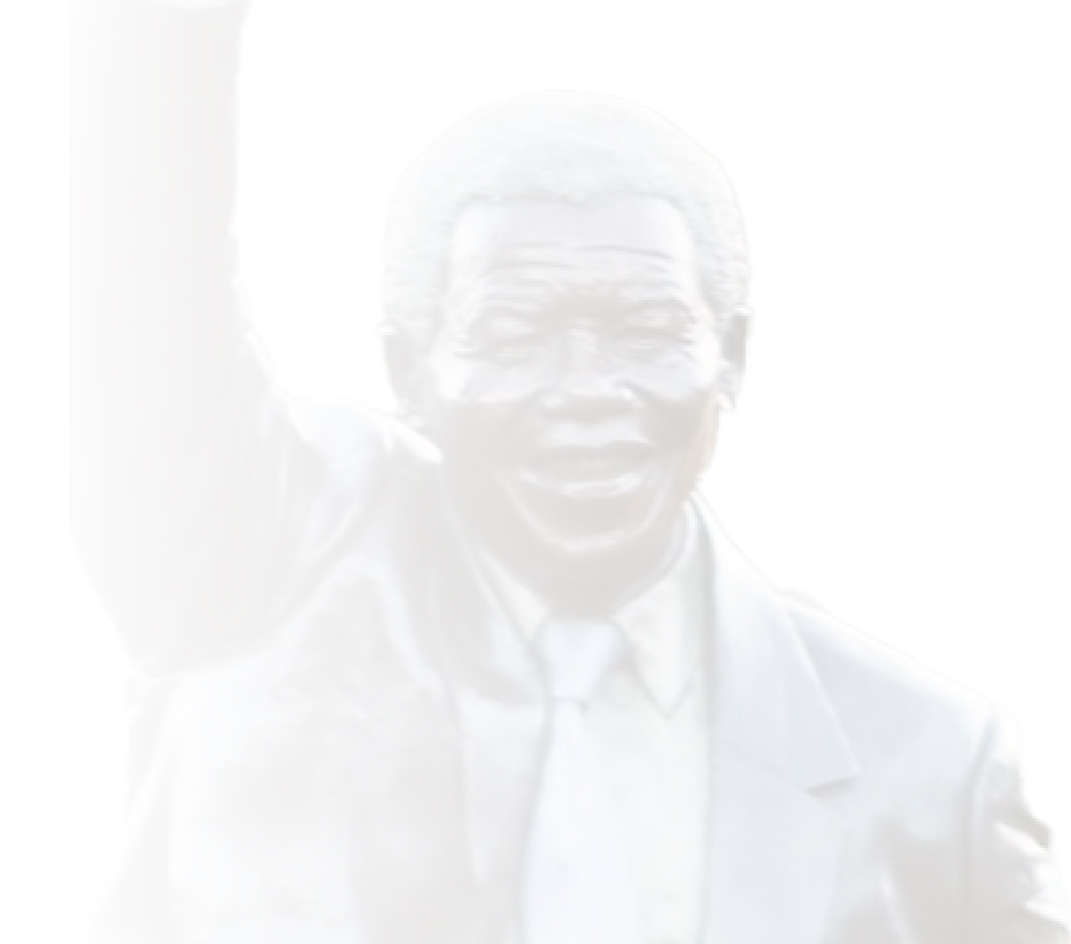

"Strijdom! Stop and think for you have aroused the wrath of the women of South Africa and that wrath might put you and your evil deeds out of action sooner than you expect."
Lilian Ngoyi (1911-1980) speaking during the Women’s March to the
Union Buildings, Pretoria, 9 August 1956
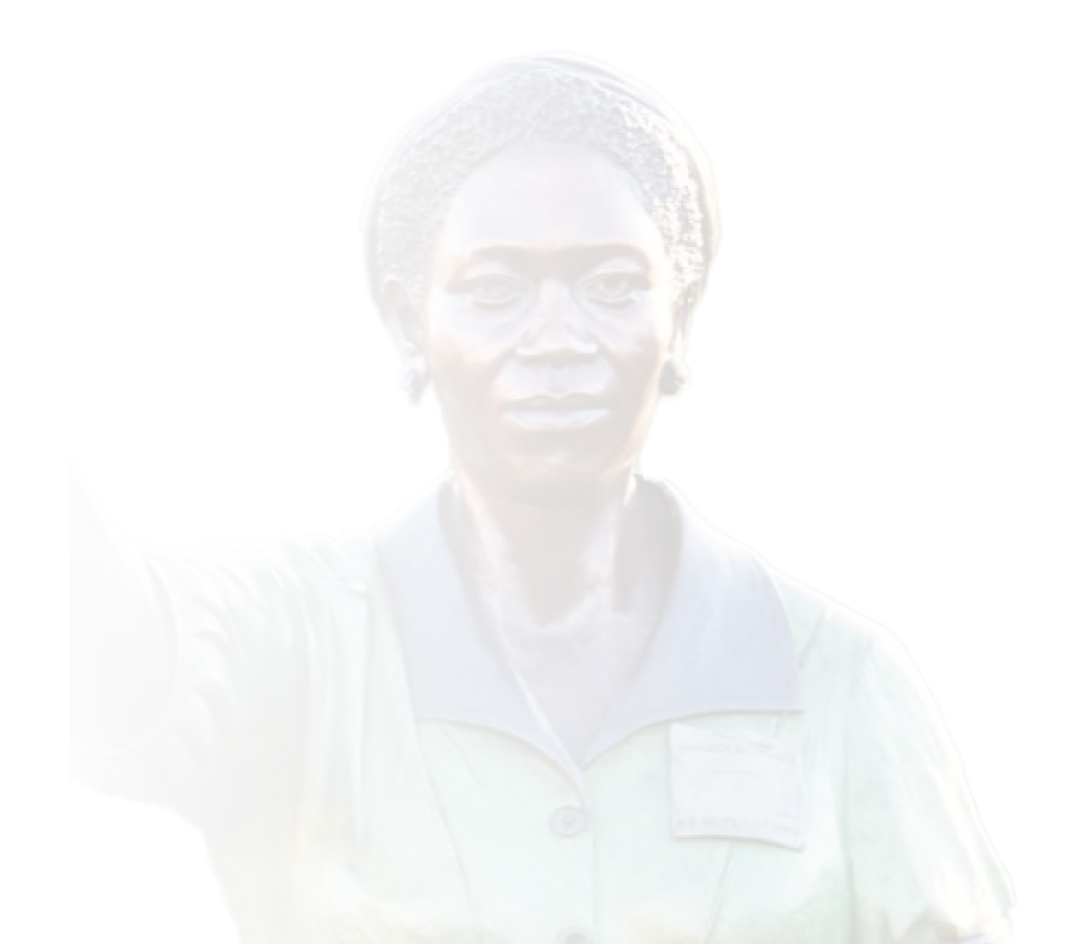

"The most potent weapon in the hand of the oppressor
is the mind of the oppressed."
Steve Biko (1946 – 1977)
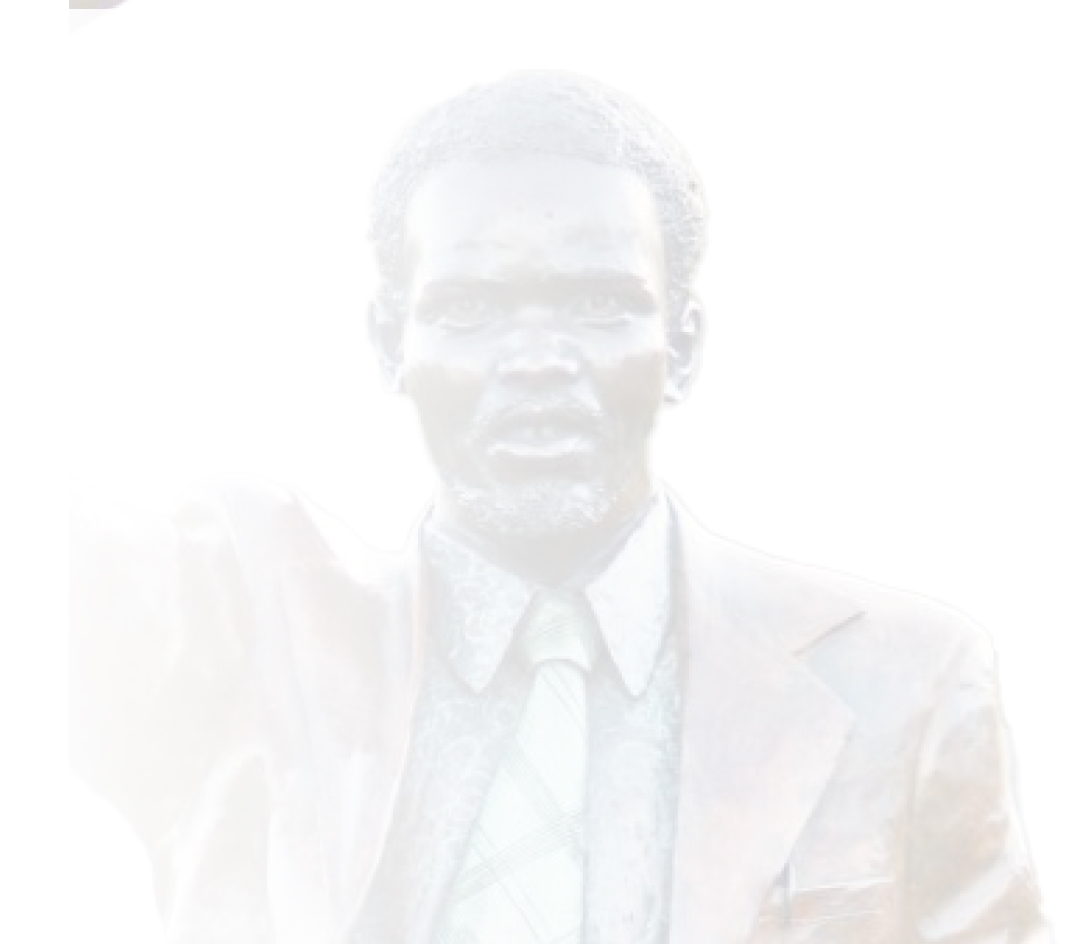

"With confidence we lay our case open before the whole world. Whether we conquer or whether we die: freedom shall rise in Africa like the sun from the morning clouds"
Bram Fischer (1908-1975)
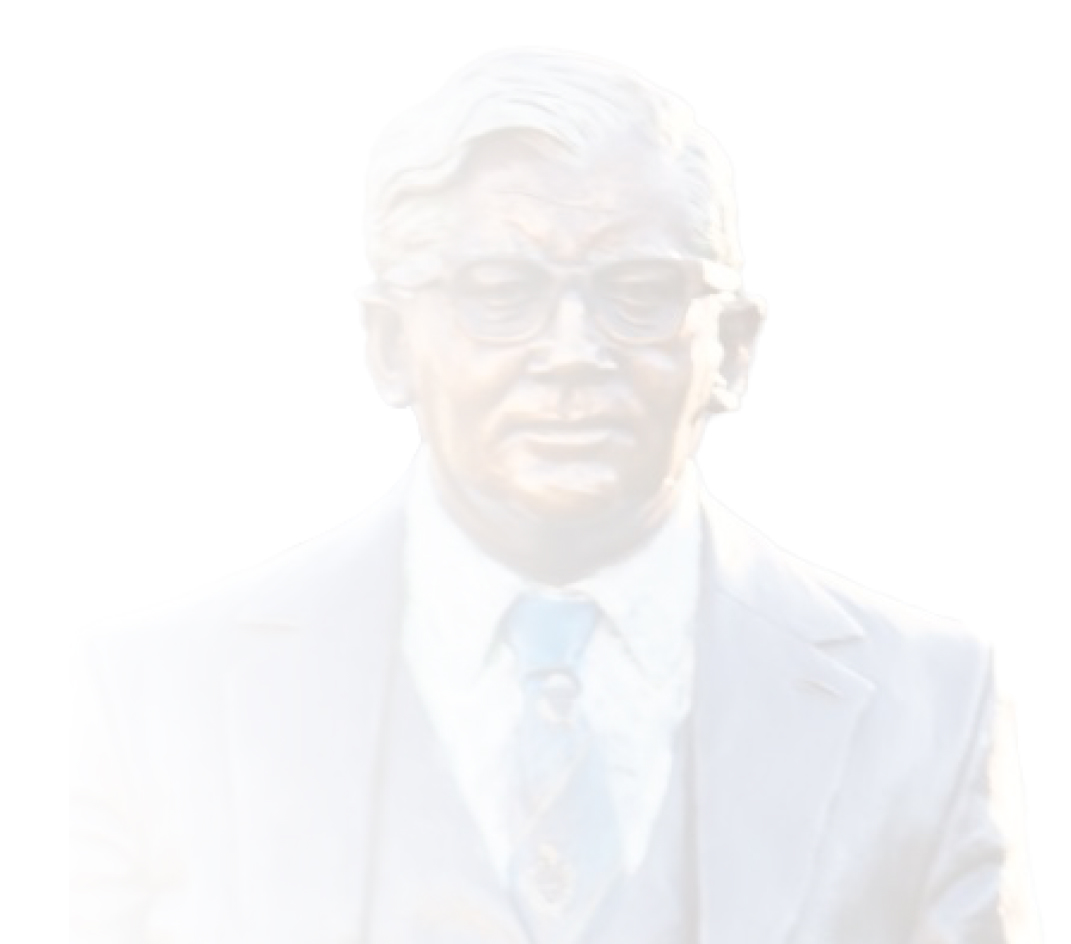

"I like to say, quite long ago my forefathers extended a hand of friendship to people of Europe when they came to that continent. What has happened to the extension of that hand only history can say, but I would like to say, as I receive this prize of peace,
that the hand of Africa was extended.
It was a hand of friendship, if you read history."
Chief Albert Luthuli (1898-1967) accepting the Nobel Peace Prize in Oslo, December 1961
